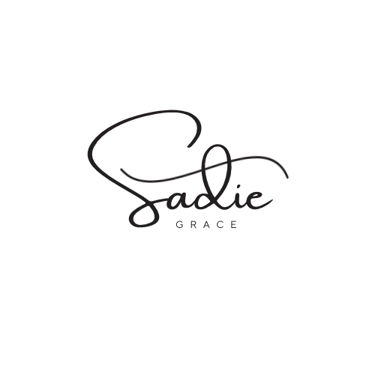My post content
Chemical vs Physical Sunscreen: Choose Your Protector
Okay, let's talk science without making your eyes glaze over like a donut. The difference between chemical and physical sunscreens isn't just marketing fluff—it's actually about two completely different ways of telling the sun to back off.
Physical Sunscreen: The Bouncer Approach
How It Works: Physical sunscreens (also called mineral sunscreens) work like tiny mirrors scattered across your face. They contain zinc oxide and/or titanium dioxide—basically microscopic particles that sit on top of your skin and literally reflect UV rays away from you. Think of it as having millions of tiny shields deflecting sun rays like they're in an epic battle scene.
The Science: These mineral particles don't absorb into your skin. Instead, they create a physical barrier that scatters and reflects both UVA and UVB radiation. It's like having a really sophisticated, invisible umbrella made of minerals. The particles are now "micronized" (fancy word for "made really, really small") so they don't leave you looking like you dipped your face in white paint.
The Reality Check:
Starts working immediately (no waiting around)
Less likely to cause reactions since it's just sitting on your skin
Can feel thicker or leave a slight white cast
Sometimes pills up under makeup (like when your sweater gets those annoying little balls)
Chemical Sunscreen: The Absorption Method
How It Works: Chemical sunscreens are like having a team of molecular bodyguards that absorb UV rays and convert them into heat, then release that heat from your skin. The active ingredients—with names like avobenzone, octinoxate, and octocrylene that sound like they belong in a chemistry textbook—actually soak up the UV radiation and transform it into something harmless.
The Science: These chemical filters penetrate the top layer of your skin and work at the molecular level. When UV rays hit them, they absorb the energy and undergo a chemical reaction that converts the potentially damaging UV radiation into infrared radiation (heat). It's like having a molecular furnace that burns up the bad rays before they can damage your skin cells.
The Reality Check:
Takes about 15-20 minutes to become fully effective (you need to plan ahead)
Tends to feel lighter and blend more seamlessly
Can sometimes cause irritation in sensitive skin
Generally plays nicer under makeup
The Nerdy Details (Because Some of Us Love This Stuff)
Why Physical Can Feel Heavy: Zinc oxide and titanium dioxide particles, even when micronized, are still solid particles sitting on your skin. It's physics—you're literally adding a layer of minerals to your face.
Why Chemical Can Cause Reactions: Some people's skin doesn't love having chemicals absorbed into it, especially ingredients like oxybenzone or octinoxate. It's not that these ingredients are inherently bad—they're FDA-approved—but some skin just prefers not to invite chemicals to the party.
The Broad-Spectrum Thing: Physical sunscreens naturally provide broad-spectrum protection because zinc oxide and titanium dioxide block both UVA and UVB rays by their very nature. Chemical sunscreens often need multiple ingredients working together to cover the full spectrum—which is why you'll see longer ingredient lists.
Why Reapplication Matters for Both: Physical sunscreens can wear off, sweat off, or get rubbed off. Chemical sunscreens can break down as they do their job of absorbing and converting UV rays. Either way, your protection decreases over time.
The Hybrid Approach
Plot twist: Many modern sunscreens combine both approaches! They'll use a little zinc oxide or titanium dioxide for immediate protection and stability, plus some chemical filters for lightweight feel and enhanced coverage. It's like having both a shield AND a molecular bodyguard team.
Bottom Line: Choose Your Adventure
Team Physical: You want immediate protection, have sensitive skin, or prefer knowing exactly what's happening (spoiler: it's bouncing rays off your face like a disco ball)
Team Chemical: You prioritize lightweight feel, seamless makeup application, and don't mind waiting 20 minutes for full protection
Team Hybrid: You want the best of both worlds and don't mind reading ingredient lists
The most important thing? Pick the one you'll actually use every day. Your skin doesn't care about the method as long as you're consistent with the protection.
A few of my favorite sunscreens include: Neutrogena Invisible Daily Defense Face Serum Sunscreen Broad Spectrum 60. It is lightweight and hydrating. It goes very well under any kind of makeup and does not pill which is something that makes me crazy when I experiment with other sunscreens and everything just pills and you have little globs all over your face.
Tula always has a great product.. This Tula Protect + Glow Daily Sunscreen is more money but it leaves you with a gorgeous glow. It contains probiotic extracts (Tula's claim to fame), pineapple and papaya extracts and ginger root. An added bonus for those of us who sit in front of computer screens, it helps to protect against blue light.
The sunscreen sticks are great, too! Throw them in the beach bag or purse so you always have them for a retouch if you are going on a midday walk at work (that's me ;)). Annnd bonus, the TULA SKINCARE Protect + Go sunscreen stick is SPF 50 and it still gives you that dewy glow.
If you are looking for a lightweight, glowy finish, with a hint of color, try e.l.f.'s Whoa Glow SPF 30. It has hyaluronic acid, aloe and squalane and so it also moisturizes and it can double as a primer! I use it as my base just about every day unless I am using a heavier foundation for special events. Or I mix a little bit of the Whoa Glow with my foundation if I want something in the middle!
I am adding in EltaMD because this brand was always recommended when I worked in Dermatology by the Dermatologists. I have tried the EltaMD Daily SPF 40 Tinted Face Sunscreen but it wasn't the best color for me as the shade is a bit too dark. Rest assured- I did not throw it away. I mixed it with my e.l.f. Whoa Glow which is lighter in color. The bonus is that it has zinc oxide which is basically like a shield against the sun protecting you from the widest range of UVA and UVB rays. Ok, so now we can see why it is the Dermatologist's favorite! EltaMD also has a UV Clear Face Sunscreen with SPF 46 and so you dont have to worry about the color. This kind is also formulated with Vitamin B3 which is Niacinamide and it helps to restore suppleness and reduce redness. It is also formulated with Zinc Oxide. Ok, I have talked myself into trying this brand again in the clear!
Thanks y'all! Pick your protector and wear it ALL THE TIME. There isn't a day that I don't wear sunscreen even if it is raining or snowing.
XOXO,
SG
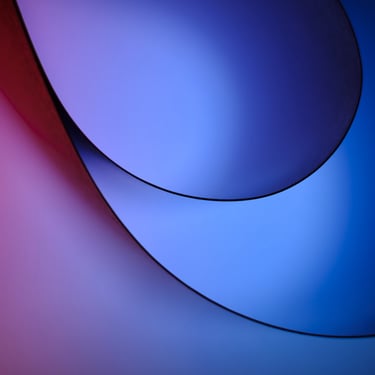

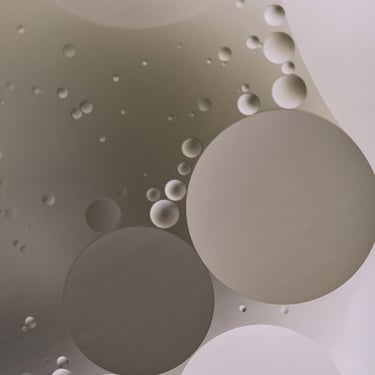


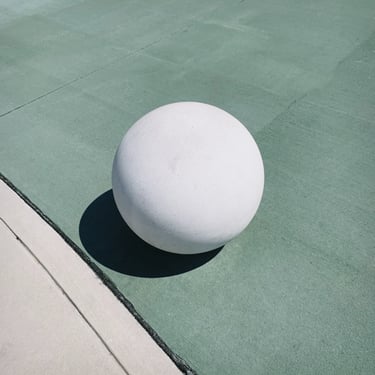
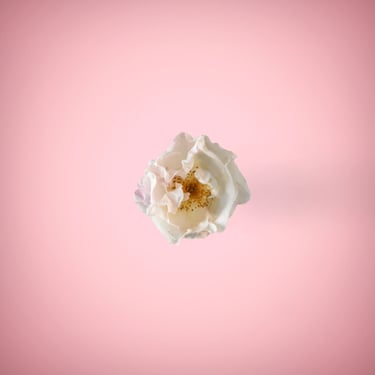


The Great Sunscreen Showdown: Team Chemical vs Team Physical
Which type of sunscreen is the best for you?
SKINCARE
